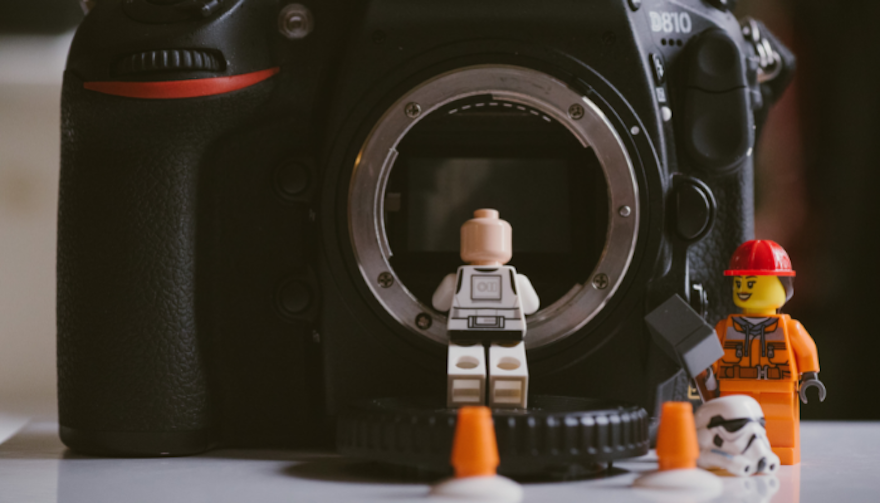Product innovation is a type of innovation that represents solving a problem with a large number of consumers with a new product. There may not be any products on the market that previously addressed this issue, or there may be other products currently addressing this issue in a different way.
Product innovation includes the development of new products, changes in the design of existing products, or the use of new materials or components in the manufacture of these products. In this context, product innovation can be divided into two innovation categories.
- Radical product innovations aimed at developing a new product
- Progressive product innovations aimed at improving existing products
It is a radical product innovation aimed at developing a new product made by Seiko, which launched Ruputer in 1998 before smart watches were on the market. On the other hand, the varieties developed by Coca-Cola by adding new ingredients are classified as gradual product innovations aimed at improving existing products.
Product innovation is essential to be a successful company in a rapidly evolving world because by identifying gaps in a crowded market and integrating yourself into a new space, you can find new customers and meet their needs in a refreshing way.
In order to realize product innovation, three basic components are needed.
- Whether you're looking for a mainstream or niche market, your product needs to be of interest to a significant number of consumers. This is especially true for products developed to solve problems that have not been addressed before.
- Your product must be better than your competitors in terms of design, technology, accessibility and usability.
- The uniqueness of your product should be obvious. Because it should be easy to explain to consumers why your product is needed or is better than its competitors.
The steps to be followed to make product innovation are as follows:
- Companies need to gather as much information as possible about the interests and current tastes of their target audiences, that is, they need to do market research.
- Test products called prototypes are created in line with the obtained data and hypotheses.
- A prototype is a simplified example of the product the company wants to make at the end of the process. At the end of the process, it provides the collection of feedback for the product to be produced.
- Feasibility studies are carried out to launch the main product, which was created with the experiences gained in previous processes. At this stage, legal and financial restrictions that may occur while putting the product on the market are considered.

